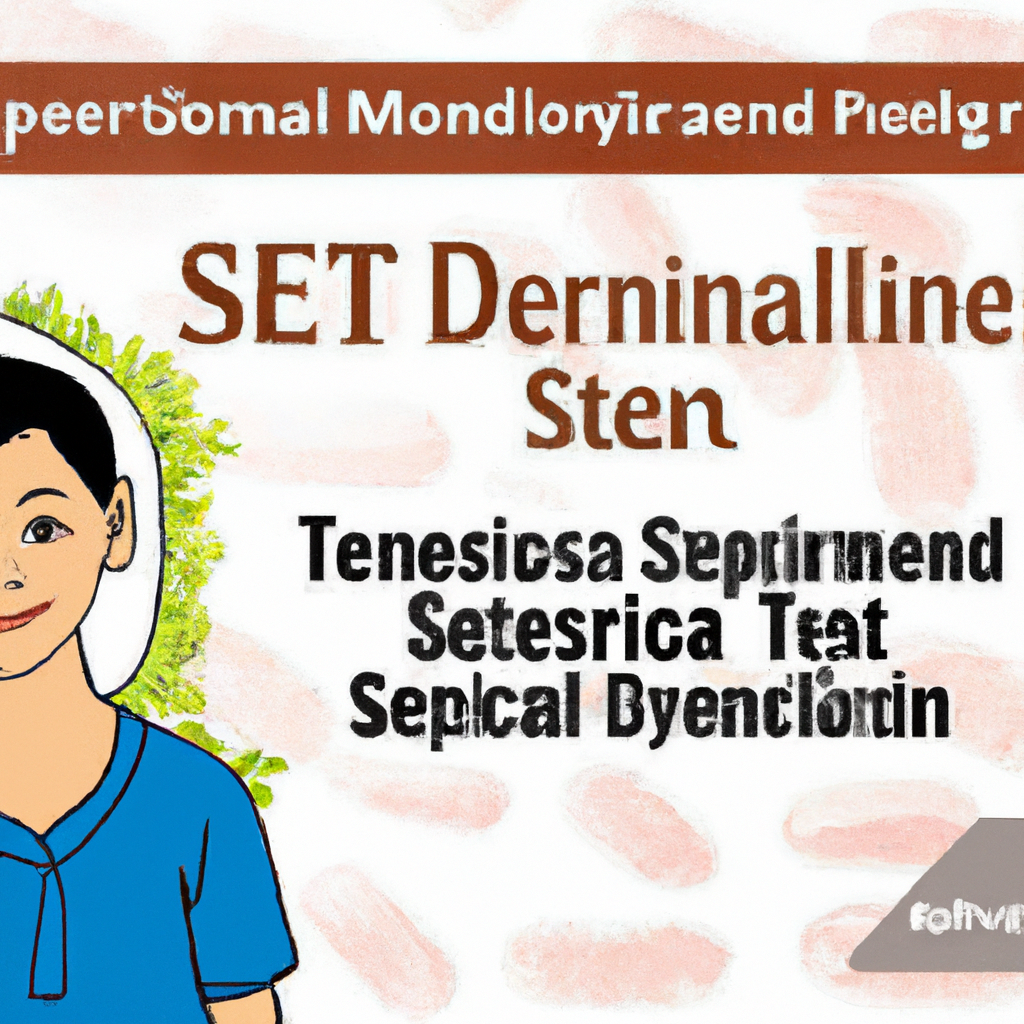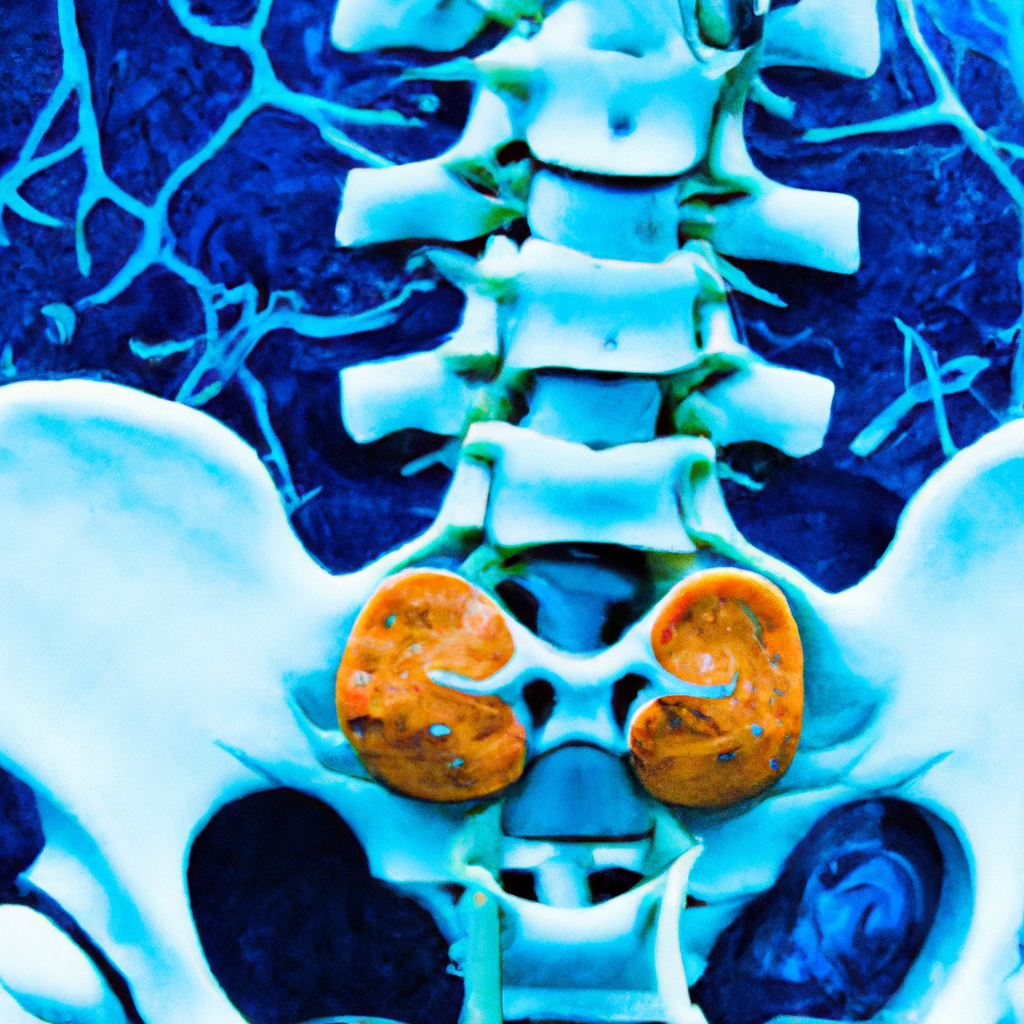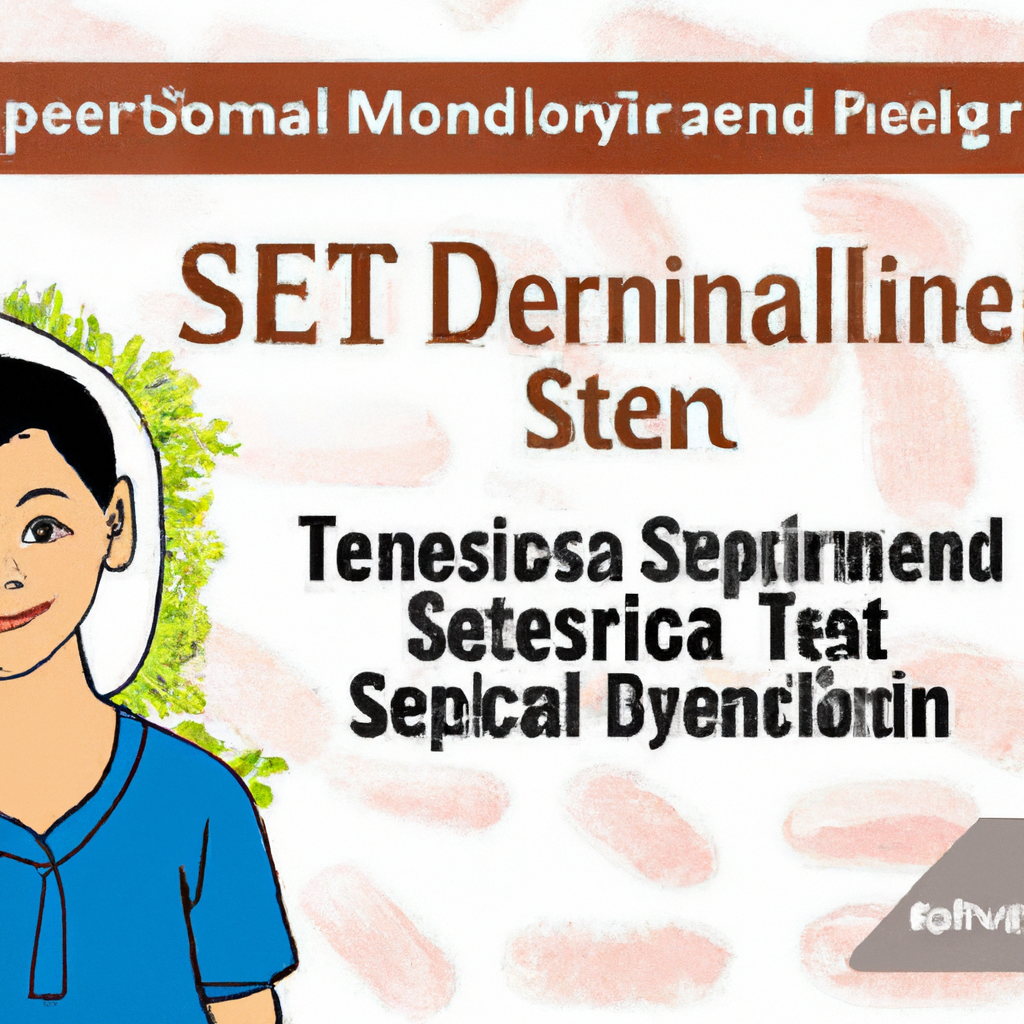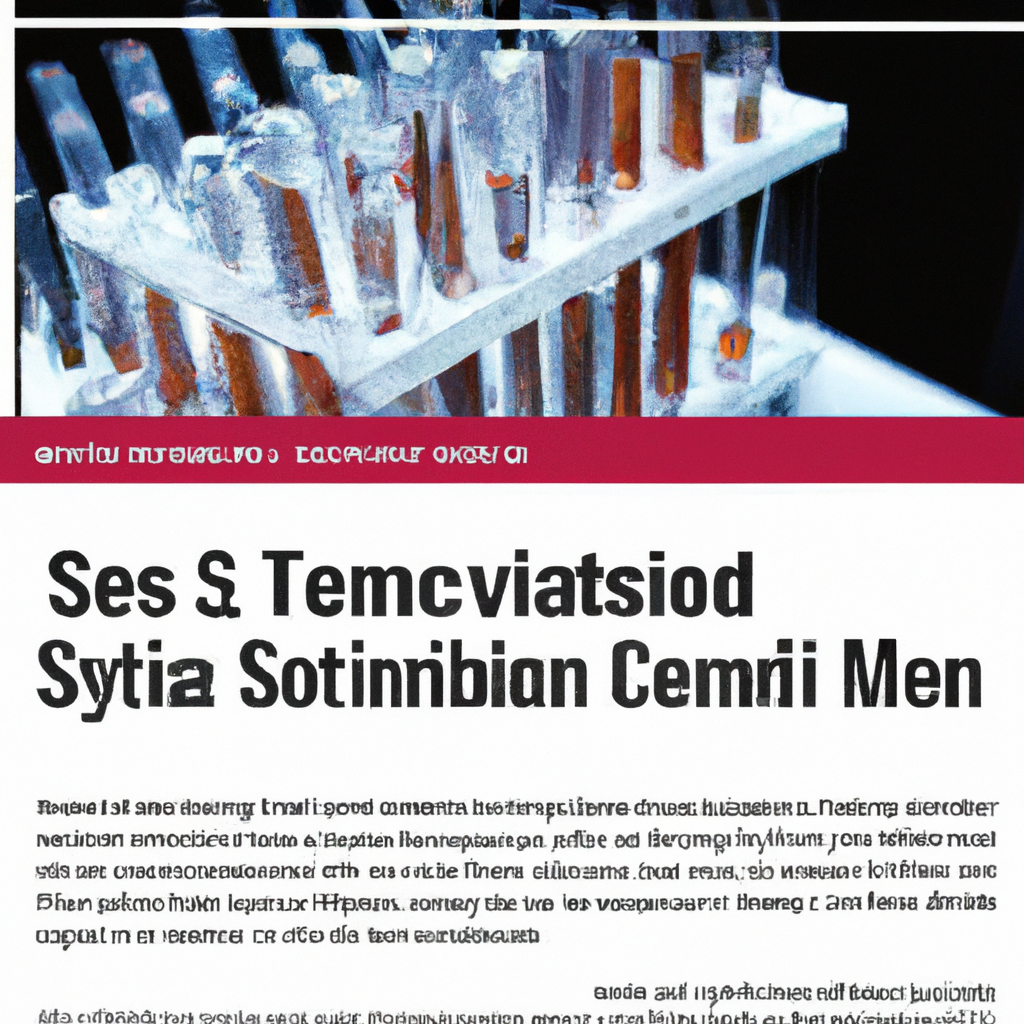Discover the fascinating world of stem cell treatments for spinal degenerative diseases in Malaysia. Uncover the latest advancements and breakthroughs in this field, as we explore the potential of these innovative therapies. From understanding the science behind stem cells to exploring their potential applications in treating spinal degenerative diseases, this article will provide you with all the information you need. Join us as we delve into the promising world of stem cell treatments in Malaysia.

Overview of Spinal Degenerative Diseases
Spinal degenerative diseases are conditions that affect the spine and its surrounding structures, leading to pain, discomfort, and loss of function. These diseases often result from the natural aging process, wear and tear, and the gradual degeneration of the spinal structures. There are various types of spinal degenerative diseases, each with its own distinct characteristics and symptoms.
Definition and Types
Spinal degenerative diseases refer to a range of conditions that primarily affect the spine and its components. These diseases include degenerative disc disease, spinal stenosis, spondylolisthesis, herniated discs, and facet joint syndrome. Degenerative disc disease involves the gradual deterioration of the spinal discs, while spinal stenosis refers to the narrowing of the spinal canal. Spondylolisthesis is characterized by the forward slippage of one vertebra over another, and herniated discs occur when the inner gel-like material of a spinal disc protrudes out through its outer layer. Lastly, facet joint syndrome involves the inflammation and degeneration of the facet joints in the spine.
Causes and Risk Factors
The causes of spinal degenerative diseases can vary depending on the specific condition. However, the primary cause is typically the natural aging process, which leads to the gradual wear and tear of the spinal structures. Factors such as repetitive movements, poor posture, obesity, and genetic predisposition can also contribute to the development of these diseases. Additionally, acute trauma or injury to the spine can accelerate degeneration and increase the risk of developing spinal degenerative conditions.
Symptoms and Complications
The symptoms of spinal degenerative diseases can vary depending on the specific condition and the region of the spine affected. However, common symptoms include pain in the neck or back, numbness or tingling sensations in the extremities, limited range of motion, muscle weakness, and difficulty walking. In more severe cases, spinal degenerative diseases can lead to complications such as spinal cord compression, nerve impingement, and loss of bowel or bladder control.
Understanding Stem Cell Therapy
Stem cell therapy is an innovative and promising treatment approach that involves the use of stem cells to repair and regenerate damaged tissues and organs. Stem cells possess the unique ability to differentiate into various cell types and have the potential to replace or repair damaged cells, making them an attractive option for the treatment of spinal degenerative diseases.
Definition and Principles
Stem cells are undifferentiated cells that have the ability to develop into different cell types and contribute to the growth and repair of tissues and organs. Stem cell therapy involves the isolation and extraction of these cells from various sources, such as bone marrow or adipose tissue. Once obtained, the stem cells are then delivered to the injured or degenerated area, where they can promote tissue repair, reduce inflammation, and stimulate the growth of new blood vessels.
Potential and Advantages
The potential of stem cell therapy in the treatment of spinal degenerative diseases is significant. By harnessing the regenerative properties of stem cells, this therapy offers the possibility of reversing or slowing down the progression of these conditions, reducing pain and improving overall functionality. Moreover, stem cell therapy has the advantage of being minimally invasive, as it does not require extensive surgical procedures and can be performed on an outpatient basis.
Types of Stem Cells Used
There are several types of stem cells that can be used in the treatment of spinal degenerative diseases. These include embryonic stem cells, which are derived from human embryos, and adult stem cells, which are found in various tissues and organs of the body, such as bone marrow and adipose tissue. Additionally, induced pluripotent stem cells (iPSCs) can be generated by reprogramming adult cells to possess pluripotent properties. The choice of stem cell type depends on various factors, such as the specific condition being treated, the availability of the cells, and ethical considerations.

Current Scenario in Malaysia
Malaysia has made significant progress in the field of stem cell therapy for spinal degenerative diseases. The country has established a regulatory framework to ensure the safe and ethical use of stem cells, making it an attractive destination for patients seeking innovative treatment options.
Regulatory Framework
In Malaysia, stem cell therapy is regulated by the National Stem Cell Registry and the Ministry of Health. These regulatory bodies have implemented guidelines and standards to govern the collection, processing, and transplantation of stem cells for therapeutic purposes. The regulations aim to ensure patient safety and the ethical use of stem cells, while also promoting the advancement of scientific research in the field.
Accessibility and Availability
Stem cell therapy for spinal degenerative diseases is increasingly accessible and available in Malaysia. Numerous specialized clinics and medical centers offer this innovative treatment option, providing patients with the opportunity to explore alternative approaches to managing their conditions. These clinics often employ highly trained medical professionals and utilize state-of-the-art facilities to deliver safe and effective stem cell treatments.
Costs and Insurance Coverage
The costs of stem cell therapy for spinal degenerative diseases can vary depending on several factors, such as the specific treatment protocol, the type of stem cells used, and the complexity of the condition being treated. While stem cell therapy may require a significant financial investment, many clinics in Malaysia offer flexible payment options to make the treatment more accessible to patients. Insurance coverage for stem cell therapy is currently limited, but efforts are being made to expand coverage in the future.
Efficacy and Safety of Stem Cell Treatments
The efficacy and safety of stem cell treatments for spinal degenerative diseases are topics of ongoing research and clinical trials. While early results have shown promise, further studies are needed to fully understand the potential benefits, limitations, and risks associated with these therapies.
Clinical Trials and Research Studies
Numerous clinical trials and research studies are underway to evaluate the efficacy and safety of stem cell treatments for spinal degenerative diseases. These studies aim to assess the potential of stem cells in promoting tissue regeneration, reducing pain, and improving overall function. Results from early trials have shown promising outcomes, but further research is necessary to establish the long-term effects and optimal treatment protocols.
Success Rates and Limitations
The success rates of stem cell treatments for spinal degenerative diseases can vary depending on several factors, including the specific condition being treated, the patient’s overall health, and the type of stem cells used. While some patients experience significant improvements in pain relief and functional outcomes, not all individuals may respond equally to the treatment. Additionally, the optimal timing and dosage of stem cell therapy remain areas of ongoing research and optimization.
Potential Risks and Side Effects
As with any medical intervention, stem cell therapy for spinal degenerative diseases carries potential risks and side effects. These can include infection, bleeding, allergic reactions, and the possibility of tumor formation. However, the incidence of adverse events associated with stem cell therapy is generally low, and strict adherence to regulatory guidelines and safety protocols can help minimize these risks.

Spinal Degenerative Diseases Treatable by Stem Cells
Several spinal degenerative diseases can be effectively treated using stem cell therapy. These conditions include degenerative disc disease, spinal stenosis, spondylolisthesis, herniated discs, and facet joint syndrome.
Degenerative Disc Disease
Stem cell therapy holds promise for the treatment of degenerative disc disease, which involves the gradual deterioration of the spinal discs. By delivering stem cells directly into the affected disc, it is possible to promote disc regeneration and alleviate symptoms such as pain and limited mobility.
Spinal Stenosis
Spinal stenosis, characterized by the narrowing of the spinal canal, can also be targeted with stem cell therapy. The introduction of stem cells to the affected area can aid in tissue repair, reduce inflammation, and potentially alleviate the compression of spinal nerves.
Spondylolisthesis
Stem cell therapy may offer a solution for individuals with spondylolisthesis, a condition characterized by the slipping of one vertebra over another. By stimulating the regeneration of damaged vertebral structures and promoting stabilization, stem cells can potentially improve spinal alignment and reduce pain.
Herniated Discs
Herniated discs occur when the inner gel-like material of a spinal disc protrudes through its outer layer. Stem cell therapy aims to restore the integrity of the disc by stimulating the growth of new, healthy tissue and reducing inflammation in the affected area.
Facet Joint Syndrome
Facet joint syndrome involves the inflammation and degeneration of the facet joints in the spine. Stem cell therapy can target this condition by promoting tissue repair, reducing inflammation, and potentially alleviating pain and stiffness associated with facet joint syndrome.
Notable Stem Cell Clinics in Malaysia
Malaysia is home to several notable stem cell clinics that offer advanced treatments for spinal degenerative diseases. These clinics provide expert care, state-of-the-art facilities, and personalized treatment plans tailored to the specific needs of each patient.
Clinic A
Clinic A is a leading stem cell clinic in Malaysia, renowned for its expertise in the field of regenerative medicine. The clinic boasts a team of highly trained medical professionals and utilizes the latest technologies to deliver safe and effective stem cell treatments for spinal degenerative diseases.
Clinic B
Clinic B is dedicated to providing innovative stem cell therapies for a wide range of medical conditions, including spinal degenerative diseases. With a focus on patient-centered care and personalized treatment plans, Clinic B offers a comprehensive approach to managing and improving spinal health.
Clinic C
Clinic C has established itself as a trusted name in the field of stem cell therapy for spinal degenerative diseases. The clinic’s team of specialists combines clinical expertise with cutting-edge research to deliver advanced treatments that promote tissue regeneration and enhance patient outcomes.

Treatment Process and Techniques
The treatment process and techniques involved in stem cell therapy for spinal degenerative diseases can vary depending on the specific condition being treated and the chosen treatment approach. However, there are common elements and steps involved in the overall treatment process.
Patient Evaluation and Selection
Before undergoing stem cell therapy, patients undergo a thorough evaluation to assess their eligibility for the treatment and determine the most suitable treatment plan. This evaluation typically involves a review of medical history, physical examination, and diagnostic imaging to accurately diagnose the underlying spinal degenerative disease.
Stem Cell Harvesting
The first step in the treatment process is the harvesting of stem cells. These cells can be obtained from various sources, such as bone marrow or adipose tissue. The harvesting procedure is minimally invasive and is typically performed under local anesthesia. The collected stem cells are then processed and prepared for transplantation.
Delivery Methods
Several delivery methods can be utilized to deliver the harvested stem cells to the affected area. These methods include direct injection into the damaged disc or joint, intravenous infusion, or surgical implantation. The choice of delivery method depends on various factors, such as the specific condition being treated and the desired therapeutic outcome.
Post-Treatment Care
Following stem cell transplantation, patients require post-treatment care and monitoring to ensure optimal healing and recovery. This can involve physical therapy, pain management strategies, and regular follow-up appointments to assess treatment outcomes and address any potential complications. The duration and intensity of post-treatment care may vary depending on individual patient needs and the specific treatment protocol.
Case Studies and Patient Experiences
Several case studies and patient experiences highlight the potential benefits of stem cell therapy for spinal degenerative diseases. These accounts provide valuable insights into the efficacy and impact of this innovative treatment approach.
Patient A
Patient A, a 55-year-old individual diagnosed with degenerative disc disease, underwent stem cell therapy as a non-surgical alternative to traditional treatment options. Following the procedure, Patient A reported a significant reduction in pain and improved mobility, allowing them to resume their daily activities with greater ease.
Patient B
Patient B, a 60-year-old individual with spinal stenosis, opted for stem cell therapy after exhausting conservative treatment options. The procedure led to a noticeable improvement in symptoms, including reduced pain and increased range of motion. Patient B experienced enhanced quality of life and expressed satisfaction with the outcomes of the treatment.
Patient C
Patient C, a 45-year-old individual diagnosed with spondylolisthesis, underwent stem cell therapy to address their condition. Following treatment, Patient C reported a decrease in pain and improved stability of the spine. The regenerative properties of stem cells offered promising outcomes for this patient in terms of long-term spinal health.

Future Possibilities and Research Directions
The field of stem cell therapy for spinal degenerative diseases continues to evolve, and researchers are exploring new possibilities and research directions to further enhance treatment outcomes and expand the scope of this innovative approach.
Emerging Technologies
Advances in technology hold great promise for the future of stem cell therapy. Emerging technologies, such as 3D bioprinting and tissue engineering, could enable the fabrication of customized scaffolds and structures that facilitate the integration of transplanted stem cells and promote tissue regeneration more effectively.
Ongoing Research Initiatives
Numerous ongoing research initiatives seek to deepen our understanding of stem cell therapy for spinal degenerative diseases. These studies focus on optimizing treatment protocols, exploring the use of different types of stem cells, and investigating combination therapies that may enhance the regenerative potential of stem cells.
Challenges and Promising Areas
While stem cell therapy shows great potential, there are still challenges to be addressed. These challenges include optimizing treatment protocols, ensuring long-term safety and efficacy, addressing regulatory issues, and expanding accessibility to a broader patient population. Promising areas of research include the development of novel stem cell sources, refining delivery methods, and exploring the benefits of adjuvant therapies in conjunction with stem cell treatments.
Conclusion
Stem cell therapy offers a promising treatment option for individuals suffering from spinal degenerative diseases. With its potential to regenerate damaged tissues, reduce pain, and improve functionality, stem cell therapy presents a viable alternative to traditional treatment approaches. In Malaysia, the current regulatory framework, accessibility of specialized clinics, and ongoing research initiatives are contributing to the advancement and availability of stem cell therapy for spinal degenerative diseases. Prospective patients considering this innovative option should carefully consider their individual needs, consult with medical professionals, and weigh the potential benefits and considerations associated with stem cell therapy. The future of this field holds exciting possibilities, with emerging technologies and ongoing research efforts paving the way for further advancements in the treatment of spinal degenerative diseases.




